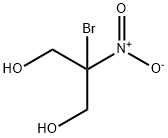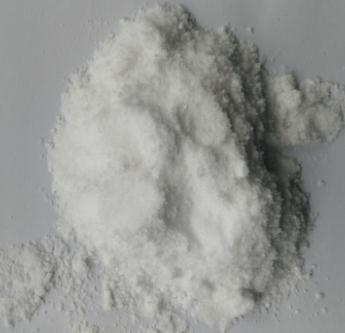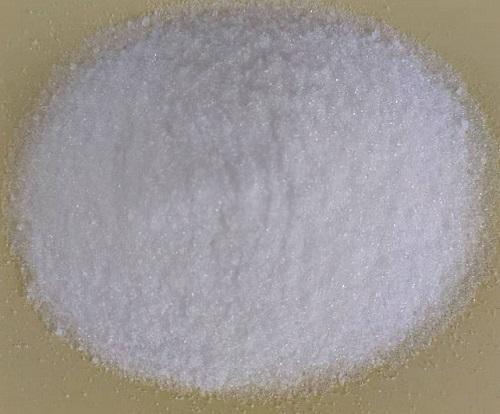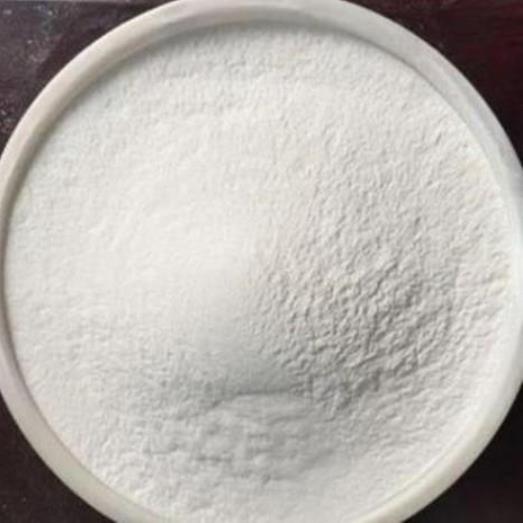Bronopol: Antifungal Activities and its Detection Method
General Description
Bronopol is an antimicrobial agent effective against bacteria, particularly Gram-negative strains, with low toxicity to mammals. It also exhibits antifungal properties, although it may be less effective against certain fungi compared to other compounds. A reliable detection method using LC-MS/MS has been developed for bronopol in aquaculture products, ensuring accurate results. This method involves extraction, cleanup, and chromatographic separation steps, offering simplicity, rapidity, and high sensitivity. The validation of this method confirms its potential for monitoring and preventing bronopol misuse in aquaculture, ensuring product quality and public health safety.
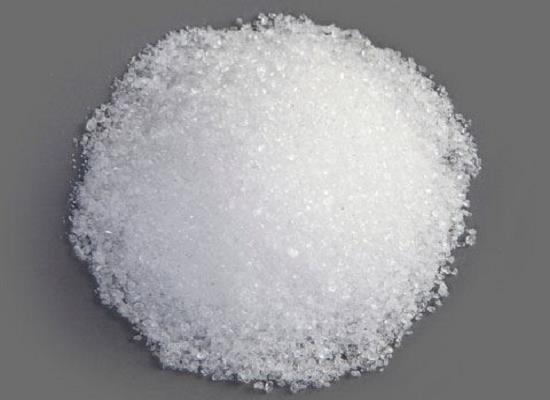
Figure 1. Bronopol
Overview
Bronopol, chemically known as 2-bromo-2-nitro-1,3-propanediol, is an antimicrobial agent with exceptional properties. It exhibits low toxicity towards mammals yet possesses high activity against bacteria, particularly Gram-negative strains. Its white to yellowish crystalline powder form is highly soluble in water and polar organic solvents, making it suitable for a wide range of applications. Bronopol's stability in acidic conditions and its ability to release formaldehyde in alkaline environments contribute to its efficacy as a preservative. Its broad-spectrum antimicrobial properties, coupled with low irritancy, ensure its use in cosmetics, pharmaceuticals, and industrial applications. 1
Antifungal Activities
Bronopol is a chemical compound that has been found to possess antifungal properties. A recent study compared the efficacy of bronopol and 2-methyl-4-isothiazolin-3-one (MT) against members of the genus Saprolegnia, which are known to infect fish. The study found that the minimum inhibitory concentration of bronopol was 100-200 mg/l, whereas for MT it was only 31 mg/l. Moreover, the study showed that treatment with either bronopol at 100-200 mg/l for 30 minutes or MT at 25-50 mg/l for 30 minutes could effectively kill the vegetative stage of all fungal strains tested. Additionally, treatment with bronopol at 100 mg/l for 60 minutes or treatment with MT at 25-50 mg/l for 60 minutes was effective in killing the zoospores of all fungal strains tested. The results of this study suggest that while bronopol does possess antifungal properties, it may not be as effective as MT against infectious members of the genus Saprolegnia. It is important to note, however, that further research may be required to determine the optimal concentration and duration of treatment with these compounds, as well as their potential side effects on non-target organisms. Overall, bronopol represents a promising candidate for the development of new antifungal agents in the future. 2
Detection Method
A rapid and reliable method for detecting bronopol in aquaculture products has been developed using liquid chromatography-tandem mass spectrometry (LC-MS/MS). Bronopol is commonly used as a preservative in the aquaculture industry to enhance product yields. However, due to its instability and tendency to form precipitates, detecting bronopol in aquaculture products has posed significant challenges. This newly developed method involves several key steps to ensure accurate detection. First, the aquaculture tissues are extracted with a Cu-Zn precipitant, followed by cleanup using a small HLB column. The separation of bronopol is then achieved on a T3 column, with gradient elution using water and acetonitrile mobile phases. Notably, this method employs a quantitative approach without the use of an internal standard, following the external standard method. The spiked recoveries at different fortification levels demonstrated high accuracy, ranging from 87.1% to 108.1% with relative standard deviations (RSD) ≤ 9.0%. Application of this method to fresh fish, shrimp, crab, and shellfish samples from a local supermarket yielded no detectable residues of bronopol, thus confirming the reliability of the results. This method offers several advantages, including simplicity, rapidity, and high sensitivity, making it a promising alternative to traditional techniques for bronopol detection. Furthermore, the successful validation of the method's recovery and precision supports its potential for monitoring and preventing the misuse of bronopol in aquaculture, thereby ensuring product quality and safeguarding public health. 3
Reference
1. Bronopol. National Center for Biotechnology Information. 2024; PubChem Compound Summary for CID 2450.
2. Oono H, Hatai K. Antifungal activities of bronopol and 2-methyl-4-isothiazolin-3-one (MT) against saprolegnia. Biocontrol Sci. 2007; 12(4): 145-148.
3. Wang M, Jia L, Jiao X, et al. A rapid method for detecting bronopol in fresh fish, shrimp, crab, and shellfish samples using liquid chromatography-tandem mass spectrometry. J Chromatogr A. 2023; 1710: 464429.
);You may like
Related articles And Qustion
Lastest Price from Bronopol manufacturers

US $10.00/Kg/Drum2024-05-28
- CAS:
- 52-51-7
- Min. Order:
- 1KG
- Purity:
- 99.5%
- Supply Ability:
- 100

US $10.00/KG2024-05-28
- CAS:
- 52-51-7
- Min. Order:
- 1KG
- Purity:
- 99%
- Supply Ability:
- 10 mt
